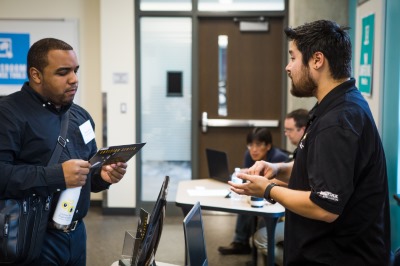
Deeper Dive Topics
Creating Engaging Videos - Intermediate Topic
Have you been teaching in online/hybrid delivery mode for a while and ready to level up your course?
One way to elevate your course is to examine your video content. Is your current video content applying Cognitive Load Theory and other best practices? If not or if you are unsure, the Creating Engaging Video mini course will help you reflect on how to develop video content that goes beyond the standard lecture content.
Course Description
Creating Engaging Video is a self-paced mini course that walks you through the who, what, why, and how to create engaging videos. You’ll begin by reflecting on who your students are as an audience and review research to support best practices for course video content. Then the course moves to discussing and demonstrating the various types of videos instructors can create to engage students in course content, including how student-produced videos can add to the learning environment. Lastly, the course offers guidance on choosing a preferred production and editing method for your video content. Upon completion, you will have a well-defined action plan to assist in creating engaging video content for your course.
Learning Outcomes:
- Recognize the importance of appropriately addressing your audience in video.
- Apply techniques to create high-quality, organized, and engaging videos.
- Recall different types of instructional videos, such as lectures, labs, tutorials, unit introductions or “check-in.”
- Determine which resources to utilize for creating engaging video content.

“When developing my online course AAE 590 Aerospace Propulsion, which introduces students to gas turbine and rocket propulsion systems and their analysis, I found the Purdue Online Innovation Space to be an invaluable resource. I particularly enjoyed the course on creating engaging videos, and I employed many of the tips when constructing the 590 course. To connect with my students, I included an introduction at the beginning of each video which explains the topics and why they are important. Seeing my face at the beginning of each video also helps to create a bond between the student and instructor, which is especially important for online courses. I also endeavored to limit the length of each video to 15 minutes, as it is an effective way to maintain the students’ attention span and ensure they are able to learn more effectively.”
Li Qiao, PhD Professor of Aeronautics & Astronautics, Associate Head for Engagement and Recognition
Module Navigation
- Next Module: HyFlex
- Previous Module: No Previous Modules in this Section
- Current Topic: Deeper Dive
- Next Topic: XR in Teaching & Learning
Leave Your Feedback
You must be logged in to post a comment.